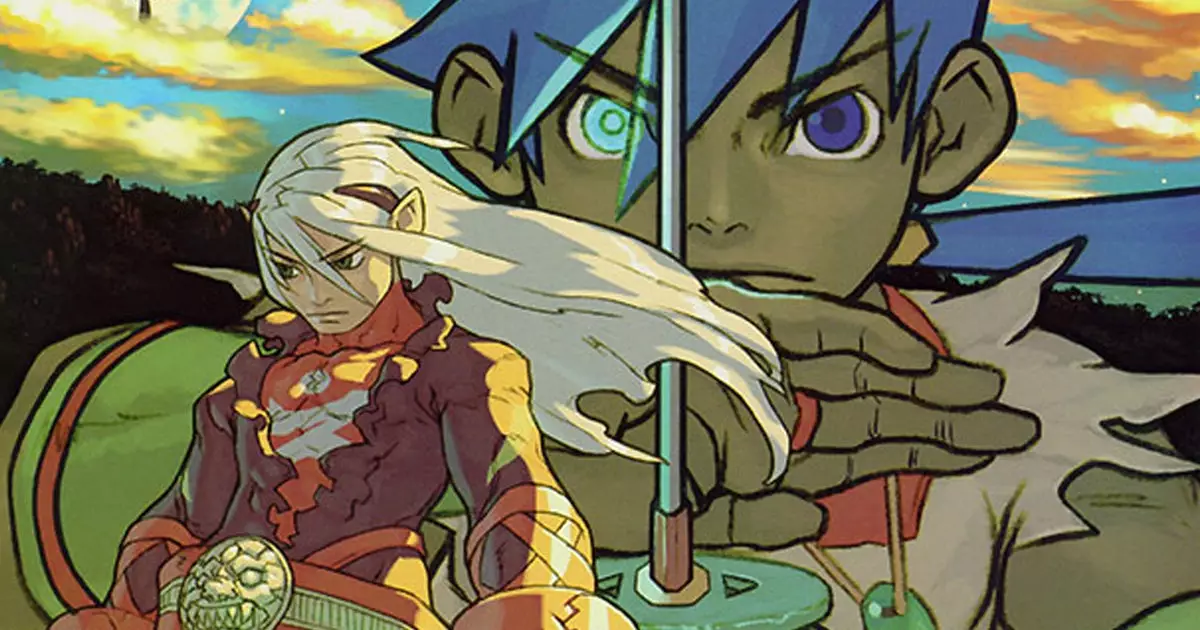Navigating the realm of technology can often feel akin to traversing a minefield. Take computers, for instance—they are marvels of engineering, yet they hold the capacity to frustrate even the most patient among us. These sophisticated machines come with an incessant barrage of updates and changes, often rendering older software incapable of functioning seamlessly. This conundrum is particularly disheartening for gamers who wish to relive their nostalgic experiences with vintage titles. The irony is that while hardware advances may promise enhanced performance, the reality is that many beloved games become relics of the past, suffered at the hands of ever-evolving software.
Resurrecting Lost Gems
One of the most heartening developments in the gaming community is the GOG (Good Old Games) preservation initiative, a commendable effort to resurrect these vintage treasures from obscurity. Among its latest inclusions is the renowned Capcom JRPG, Breath of Fire 4. Initially launched in 2000 for the PlayStation, and later making a brief PC appearance in 2003 primarily for the Japanese and European markets, this title has captivated players with its engaging narrative and rich artistry. Unfortunately, as is often the case with older games, the transition to modern platforms has been fraught with challenges.
GOG’s intervention provides an invaluable service: they breathe new life into games that were at risk of disappearing entirely, allowing them to be enjoyed on contemporary systems. With Breath of Fire 4 now compatible with Windows 10 and 11, players can embark on their nostalgic journeys without the frustrations that often accompany vintage gaming on current machines.
Enhanced Features and User Experience
But it’s not just about restoring functionality; GOG has equipped Breath of Fire 4 with a suite of modern enhancements. Features include a windowed mode, V-Sync, Anti-Aliasing, and improved gamma correction, all aimed at elevating the visual experience. Notably, GOG has also upgraded the audio engine, reinstating some long-lost environmental sounds that enrich the game’s immersive atmosphere. These improvements highlight GOG’s dedication not only to preservation but also to enhancing the gaming experience for modern audiences.
What’s more, that cherished DRM-free guarantee means players can enjoy their games without restrictions. This philosophy stands in stark contrast to the increasing trend of digital ownership limitations, reaffirming GOG’s commitment to player rights and nostalgic experiences alike.
The Bigger Picture of Game Preservation
Breath of Fire 4 isn’t standing alone on this revitalization stage; GOG has successfully revived numerous classics including Ultima Underworld 1+2, Worms: Armageddon, and Tex Murphy: Under a Killing Moon. This expansive effort signals a broader movement within the gaming industry—one that prioritizes the preservation of its history. The importance of being able to access and enjoy these formative titles cannot be underestimated; they are not mere relics, but pivotal pieces of the cultural fabric that have shaped the gaming landscape today.
As we look forward to what GOG’s preservation initiative will resurrect next, it’s not just about nostalgia; it’s about ensuring that the stories, creativity, and innovative gameplay of yesteryears continue to inform and inspire future generations of gamers. The endeavor of reviving classics, particularly through a platform that respects both player ownership and gaming history, paints a hopeful picture for the future of video game preservation.

